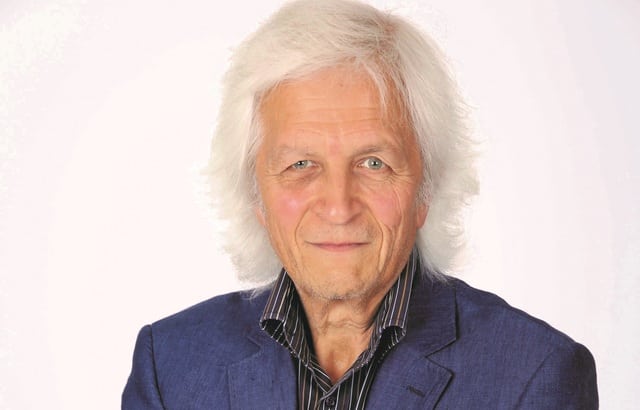At the beginning of 2018, new European rules will come into action which force fund managers to split out the cost of research and trading for the first time. The focus so far has been on whether fund groups are planning to shoulder the research costs themselves rather than passing them on to clients. This growing category includes the likes of Woodford Investment Management, Hermes, Standard Aberdeen, Baillie Gifford, Jupiter and JO Hambro Capital Management.
I’m sure the cost question will continue to capture the attention of the press over the coming months, but it is important to look at the bigger picture. Beyond research costs, Mifid II brings another important issue to the fore: namely, the quality of research that asset managers produce in-house.
Talented fund managers will find good stocks, regardless of the amount of third-party research that is available to them. Fortunately, there are plenty out there who do not rely on external research because their parent companies have invested and developed the skills of analysts in-house. They are also likely to have sophisticated screening systems that have been developed internally. I would imagine they use external research, if at all, as a sense-check for their proprietary analysis.
Ultimately, these teams stand to benefit if there is less research coverage in certain parts of the market as a result of Mifid II. These areas are likely to include small and mid caps, alongside emerging market debt and equity.
So who are the potential winners? In the UK small and mid cap space, Marlborough Special Situations stands out. It is managed by veteran Giles Hargreave and Eustace Santa Barbara of Hargreave Hale, which is one of the best small and mid-cap boutiques in the country.
The team’s views on the wider economy are used to filter out large numbers of stocks and sectors before they undertake thorough analysis and company meetings. It is worth noting that they already benefit from a lack of research coverage in the small cap space; their primary research enables them to identify stocks with growth potential, which hasn’t been priced in by the market.
Hargreave and Santa Barbara look for companies that dominate their sector and benefit from strong cash generation, visibility on earnings and healthy balance sheets. The fund typically holds around 200 companies to reduce stock-specific risk.
It is an approach that has paid off so far. According to FE Analytics, the fund is up 140.7% over five years, compared to 109% by the Investment Association’s UK Smaller Companies sector average.
In the strategic bond sector, the Baillie Gifford Corporate Bond team carry out their own in-depth research. Managers Stephen Rodger and Torcail Stewart add value almost exclusively through their stock picking expertise, which is driven by their painstaking research. Unlike other teams in the sector, they do not aggressively manage the interest rate exposure or distribution between the credit quality of underlying bonds.
Over the past five years, FE Analytics data shows they have returned 38.8%, far ahead of 26.1% by the average fund in the IA’s Strategic Bond sector.
Let’s hope that Mifid II ultimately shines the spotlight on fund managers with robust research processes, who concentrate on meeting companies. For them the question of external research costs is almost irrelevant.










